All Natural Sunscreen Recipe: Easy & Healthy Homemade
Finding a natural sunscreen recipe that effectively protects your family’s skin without harmful chemicals can be challenging. As parents, we know the importance of shielding our children from the sun’s damaging rays while ensuring their safety and well-being. That’s why I created SunGuard Natural Sunscreen—a homemade, all-natural solution designed with your family’s health in mind. Our SunGuard sunscreen not only provides reliable protection but also avoids the white residue often left by other sunscreens, making it perfect for all skin tones. Plus, I will be sharing a basic natural sunscreen recipe for those who want to make their own at home.
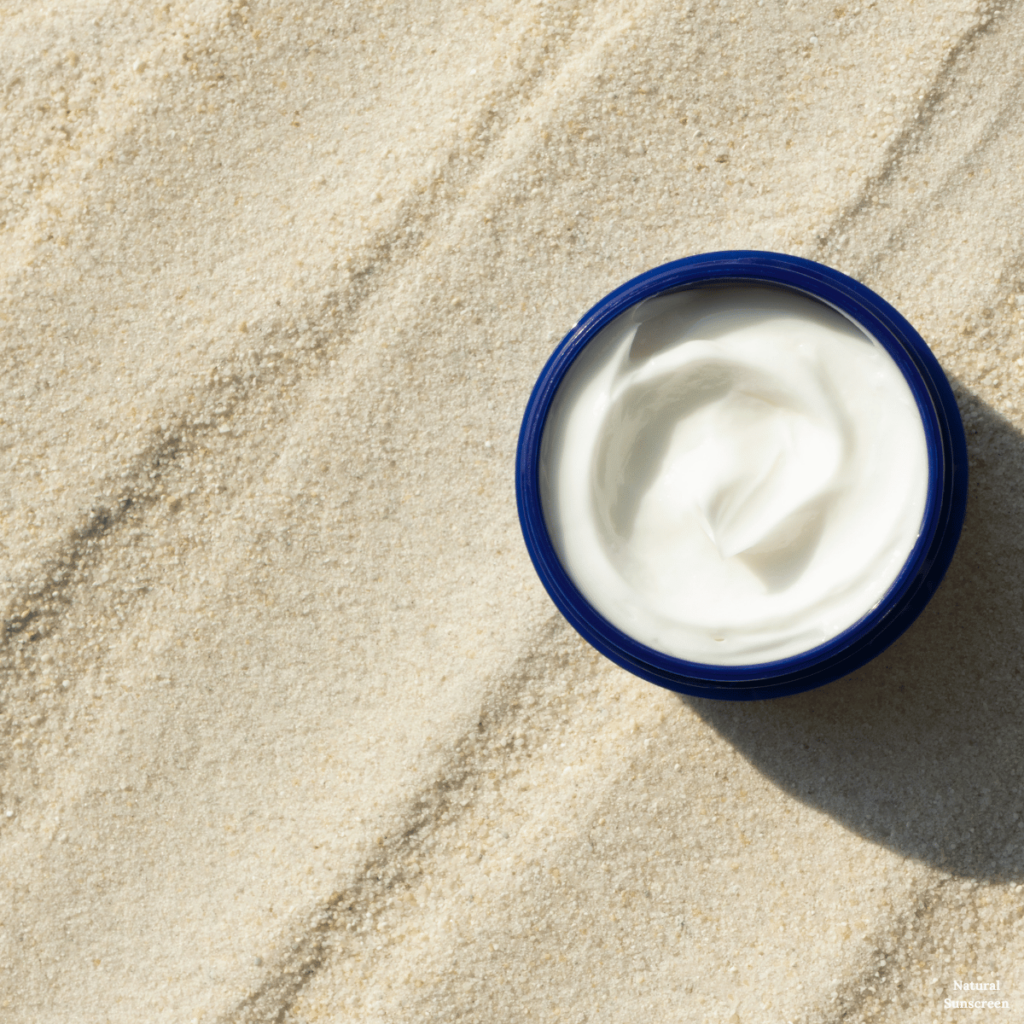
This blog post does contain affiliate links. Please see our terms and conditions page for more information.
Why Conventional and Commercial Sunscreens Are a Concern
Harmful Chemicals in Conventional Sunscreens
Chemical sunscreens are commonly found in many commercial products, but they often contain ingredients that can be problematic for both health and the environment. Chemicals like oxybenzone and octinoxate are frequently used to absorb UV radiation and protect the skin from sun damage. However, these substances have raised significant concerns. Oxybenzone, for example, has been linked to hormone disruption, which can potentially affect reproductive health and increase the risk of certain health issues. Octinoxate, another prevalent ingredient, has been associated with skin irritation and allergic reactions in some individuals. The cumulative effect of these chemicals in our daily products can pose a risk to long-term health.
Health Risks
The health risks associated with chemical sunscreens extend beyond irritation. Studies have suggested that some of these chemicals may interfere with the endocrine system, potentially disrupting hormonal balance. This disruption can lead to a range of health concerns, from reproductive issues to increased susceptibility to certain types of cancer. Additionally, the skin irritation caused by these chemicals can be more than just an inconvenience; it can lead to more severe skin conditions in sensitive individuals.
Environmental Impact
The environmental impact of conventional sunscreens is equally concerning. Ingredients like oxybenzone and titanium dioxide, which are commonly used in chemical sunscreens, have been found to damage coral reefs and marine life. Oxybenzone has been linked to coral bleaching, a phenomenon that harms coral reefs and disrupts marine ecosystems. Titanium dioxide, when washed into the ocean, can also contribute to environmental degradation. The pollution caused by these sunscreens extends beyond just harming marine life; it affects the entire aquatic ecosystem, contributing to a larger problem of water pollution.
Coral Reefs and Marine Life
The damage to coral reefs and marine life from chemical sunscreens is a significant issue. Coral reefs are vital to marine biodiversity and provide crucial habitats for many sea creatures. The chemicals in sunscreens can disrupt the health of these ecosystems, leading to the decline of coral reefs and the species that depend on them. Oxybenzone, in particular, has been shown to cause coral bleaching, which weakens corals and makes them more susceptible to disease.
Pollution
Chemical sunscreens also contribute to water pollution. When washed off, these chemicals enter waterways and oceans, where they can persist and accumulate. This not only affects marine life but also impacts the overall health of our water systems. The accumulation of these pollutants can lead to broader ecological issues, including the contamination of drinking water sources and the degradation of natural habitats.
Save for later!

Benefits of Handmade Natural Sunscreens
What Are Handmade Natural Sunscreens?
Handmade natural sunscreens differ significantly from conventional chemical sunscreens in both their composition and how they work. While conventional sunscreens use chemical filters to absorb UV radiation, handmade natural sunscreens rely on physical barriers to block and reflect harmful UV rays. These natural sunscreens typically contain ingredients like non-nano zinc oxide and titanium dioxide, which provide broad-spectrum protection without penetrating the skin. This physical barrier approach is often preferred for its ability to protect sensitive skin and reduce potential health risks associated with chemical ingredients.
Effective Ingredients
Non-Nano Zinc Oxide
One of the key ingredients in handmade natural sunscreens is non-nano zinc oxide. This compound is known for its effective broad-spectrum protection against both UVA and UVB rays. Non-nano zinc oxide provides an SPF rating of approximately 20-50, depending on its concentration, and does not penetrate the skin, making it a safer choice for sun protection. Additionally, non-nano zinc oxide is reef-safe, meaning it does not contribute to coral reef damage, making it an environmentally friendly option.
Carrot Seed Oil
Carrot seed oil is another valuable ingredient in natural sunscreens. It boasts a natural SPF of approximately 38-40. Beyond its SPF properties, carrot seed oil is rich in antioxidants, which help protect the skin from oxidative stress and sun damage, contributing to overall skin health and resilience.
Red Raspberry Seed Oil
This oil is notable for its natural SPF range of 20-30. Red raspberry seed oil is also packed with essential fatty acids and antioxidants that benefit skin health. Its ability to provide moderate sun protection while nourishing the skin makes it a valuable addition to any natural sunscreen formulation.
Beeswax
Beeswax is a crucial ingredient that helps make the sunscreen water-resistant and solidifies the formula. It provides a barrier on the skin that helps the sunscreen stay in place and resist water, making it especially useful for activities like swimming or sweating. Beeswax ensures your sunscreen remains effective and easy to apply.
Other Natural Ingredients
Coconut Oil
Coconut oil provides moisturizing properties and some natural SPF. Typically, coconut oil has an SPF ranging from 2-8. It helps to hydrate the skin while offering a mild level of sun protection, making it a useful addition to handmade natural sunscreens.
Olive Oil
Rich in antioxidants and helps to soothe and hydrate the skin. Olive oil does not offer significant SPF protection on its own but enhances the overall formulation with its moisturizing and protective properties.
Almond Oil
Known for its skin-softening effects and vitamin content. Almond oil has a minimal SPF effect, usually around 5, but adds value to sunscreen formulations through its nourishing and hydrating properties.
Avocado Oil
Contains vitamins and fatty acids that nourish and protect the skin. Avocado oil offers a modest SPF of around 4-10, contributing to skin hydration and protection.
Cocoa Butter
Offers rich moisturization and can help to protect the skin from sun damage. Cocoa butter provides a minimal SPF of around 3-5, and is included in sunscreen formulations for its hydrating properties and ability to create a protective barrier on the skin.
Aloe Vera
Known for its soothing and healing properties, particularly after sun exposure. Aloe vera does not provide significant SPF protection but is ideal for calming and repairing the skin after sun exposure.
Comparison with Store-Bought Sunscreens
Handmade natural sunscreens often present a better option compared to store-bought sunscreens due to their use of safer, non-toxic ingredients. Store-bought sunscreens frequently contain synthetic chemicals and preservatives that can cause skin irritation and have potential long-term health risks. In contrast, handmade natural sunscreens use ingredients that provide effective sun protection while avoiding harmful chemicals. They are also generally more environmentally friendly, as they do not contribute to coral reef damage and are less likely to pollute waterways. By choosing handmade natural sunscreens, you can ensure safer sun protection for your family and a lower environmental impact.
How to Make Your Own Natural Sunscreen
Ingredients Needed
Butter (Cocoa, Mango, or Shea)
Butters like cocoa, mango, or shea serve as the foundational base for your sunscreen, providing moisturizing and protective properties. They help to create a smooth, creamy texture and offer additional skin benefits such as hydration and nourishment.
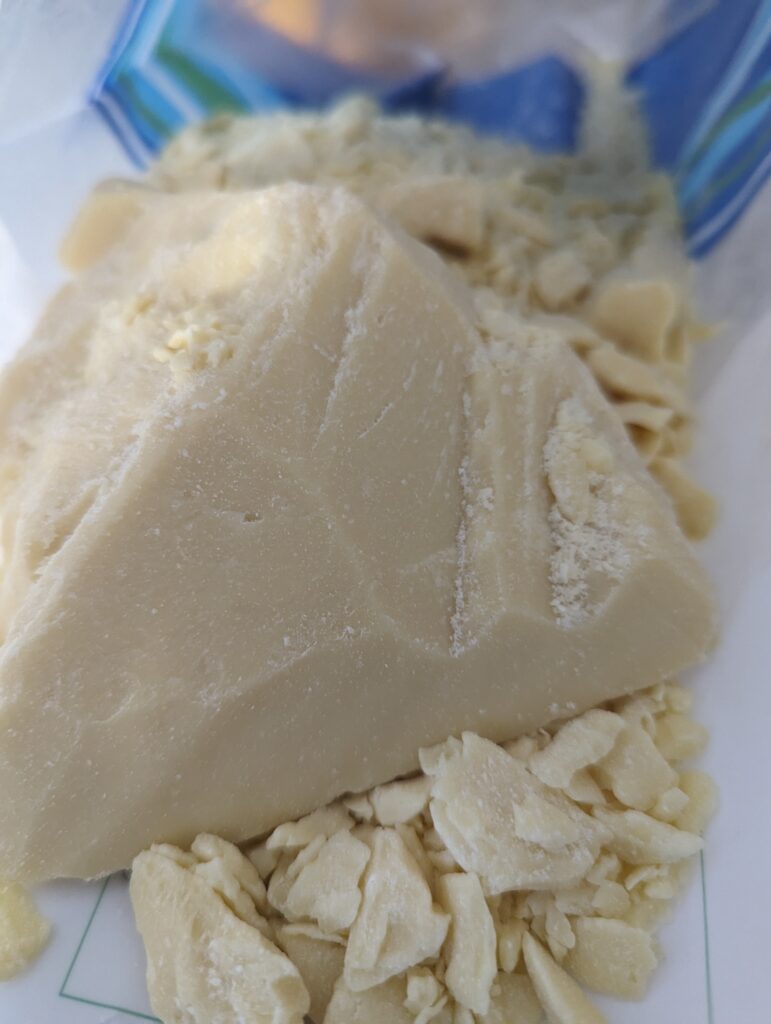
Carrier Oil
Carrier oils such as olive oil, almond oil, or avocado oil add essential nourishment to your sunscreen. They also help to blend the ingredients smoothly and provide extra hydration to the skin.

Coconut Oil
Coconut oil is a key ingredient that contributes moisturizing properties and a mild SPF. It helps to keep the skin hydrated and adds a natural sun protection factor to your sunscreen.
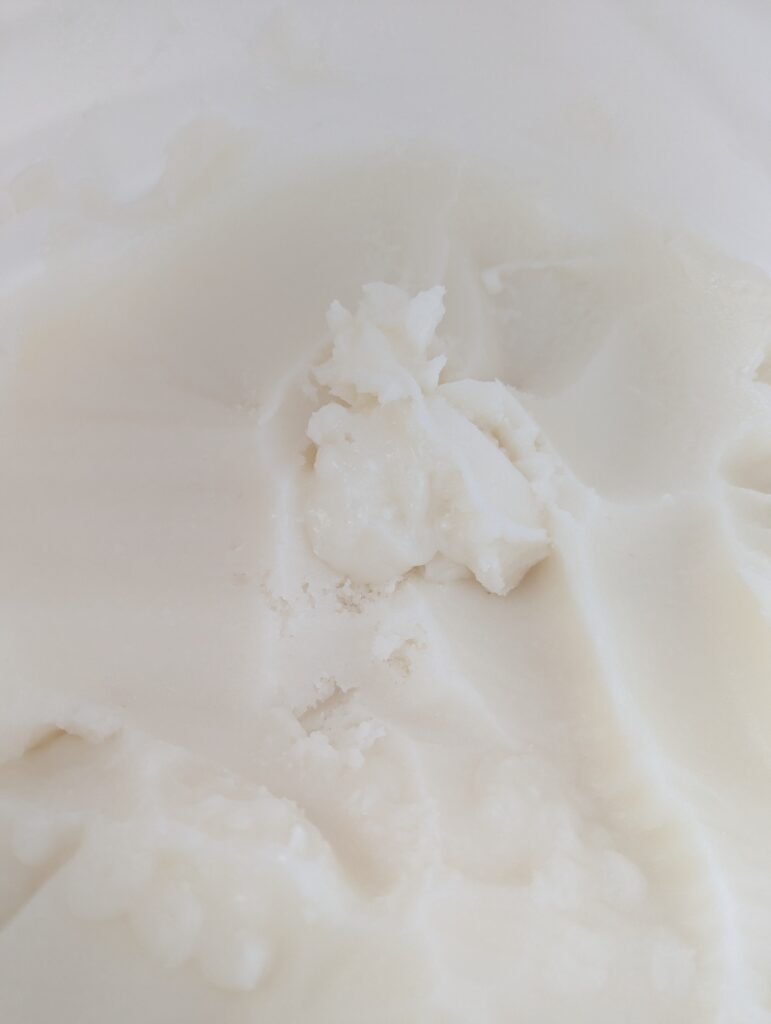
Beeswax Pellets
Beeswax helps to make the sunscreen water-resistant and solidifies the formula. It provides a barrier on the skin that helps the sunscreen stay in place and resist water.
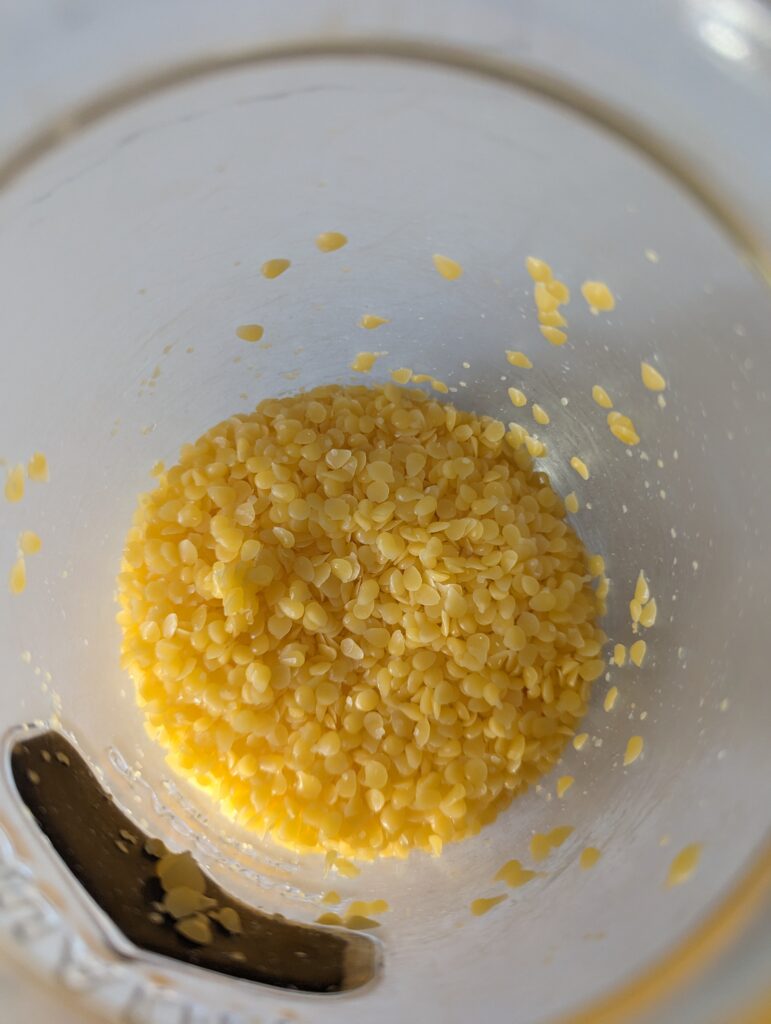
Non-Nano Zinc Oxide
Non-nano zinc oxide is crucial for sun protection. It provides broad-spectrum coverage against UVA and UVB rays by forming a physical barrier on the skin. Non-nano zinc oxide ensures that your sunscreen is effective and reef-safe.
Optional Add-Ins
You can enhance your homemade sunscreen by adding essential oils (excluding citrus), which provide additional benefits and aromatherapy.
Other beneficial oils include carrot seed oil and red raspberry seed oil, both of which offer natural SPF properties. Vitamin E is also a valuable addition for its antioxidant benefits and skin nourishment.
Equipment Required
Double Boiler
A double boiler is used for melting and mixing the ingredients. This method ensures that the ingredients are heated gently and combined thoroughly without direct contact with the heat source, which helps to preserve their beneficial properties.
Glass Bowl or Mason Jar
A glass bowl or mason jar is ideal for mixing and storing your homemade sunscreen. Glass is a non-reactive material that ensures the integrity of your ingredients and helps maintain the quality of your sunscreen over time.
Simple Natural Sunscreen Recipe
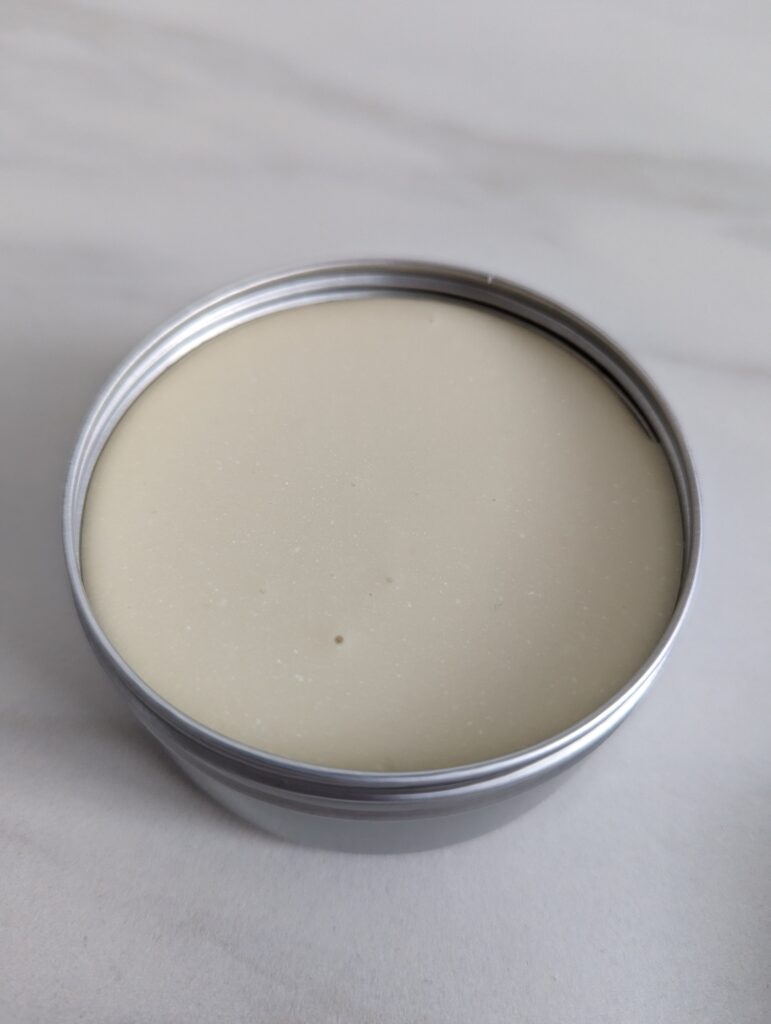
DIY Natural Sunscreen Recipe
Here’s a smaller batch of the natural sunscreen recipe that I make for my family and the shop. It’s perfect for a trial run or for those who need less product.
Ingredients
- 1/4 cup Olive Oil: Provides moisturizing properties and antioxidants.
- 1 tablespoon Cocoa Butter: Adds rich moisturization.
- 1 tablespoon Mango Butter: Nourishes the skin with vitamins and antioxidants.
- 2 tablespoons Coconut Oil: Offers hydration and a mild SPF.
- 1/2 cup Beeswax Pellets: Helps make the sunscreen water-resistant and solidifies the formula.
- 4 1/2 tablespoons Non-Nano Zinc Oxide: Provides broad-spectrum protection against UVA and UVB rays.
- Optional Add-Ins:
- 1 teaspoon Red Raspberry Seed Oil: Adds natural SPF of 20-30 and skin benefits.
- 1 teaspoon Carrot Seed Oil: Provides a natural SPF of 38-40 and rich antioxidants.
- 1 teaspoon Vitamin E Oil: Acts as an antioxidant and skin nourisher.
- 1/2 ounce Essential Oils (non-citrus, e.g., Lavender): Adds fragrance and additional skin benefits.
Instructions
- Melt the Base Ingredients: In a double boiler, combine the cocoa butter, mango butter, coconut oil, olive oil, and beeswax pellets. Stir occasionally until completely melted and combined.
- Add Optional Oils: If using, add red raspberry seed oil, carrot seed oil, and vitamin E oil to the melted mixture. Stir thoroughly to combine all the ingredients.
- Remove from Heat: Take the mixture off the heat and let it cool slightly.
- Add Essential Oils: If using, add the essential oils to the slightly cooled mixture and stir well.
- Incorporate Non-Nano Zinc Oxide: Carefully stir in the non-nano zinc oxide powder. Mix well to ensure it is evenly distributed throughout the base.
- Cool and Store: Pour the mixture into a glass bowl or mason jar.
- Pro Tip: To prevent the zinc oxide from settling at the bottom, place the container in the refrigerator or freezer to set the mixture quickly.
- Apply and Reapply: You may need to mix the sunscreen after it sets to reincorporate the zinc better. Apply the sunscreen generously to all exposed skin areas. Reapply every 30-60 minutes if swimming or sweating, and at least every 2 hours for extended sun exposure.
Storage
Store your homemade sunscreen in a cool, dry place, ideally in a glass jar or mason jar. Proper storage helps maintain its effectiveness and prevents separation.
Yield
This recipe yields approximately 10.25 ounces of sunscreen without the optional ingredients and about 11.25 ounces with the optional ingredients included.
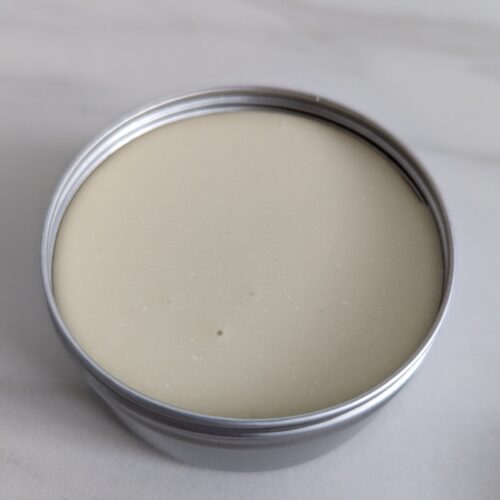
DIY Natural Sunscreen Recipe
Equipment
- double boiler
- Glass jar
Ingredients
- 1/4 cup Olive Oil
- 1 tablespoon Cocoa Butter
- 1 tablespoon Mango Butter
- 2 tablespoons Coconut Oil
- 1/2 cup Beeswax Pellets
- 4 1/2 tablespoons Non-Nano Zinc Oxide
Optional Add-Ins
- 1 teaspoon Red Raspberry Seed Oil optional
- 1 teaspoon Carrot Seed Oil optional
- 1 teaspoon Vitamin E Oil optional
- 1/2 ounce Essential Oils optional, non-citrus, e.g., Lavender
Instructions
- Melt the Base Ingredients: In a double boiler, combine the cocoa butter, mango butter, coconut oil, olive oil, and beeswax pellets. Stir occasionally until completely melted and combined.
- Add Optional Oils: If using, add red raspberry seed oil, carrot seed oil, and vitamin E oil to the melted mixture. Stir thoroughly to combine all the ingredients.
- Remove from Heat: Take the mixture off the heat and let it cool slightly.
- Add Essential Oils: If using, add the essential oils to the slightly cooled mixture and stir well.
- Incorporate Non-Nano Zinc Oxide: Carefully stir in the non-nano zinc oxide powder. Mix well to ensure it is evenly distributed throughout the base.
- Cool and Store: Pour the mixture into a glass bowl or mason jar.
- Pro Tip: To prevent the zinc oxide from settling at the bottom, place the container in the refrigerator or freezer to set the mixture quickly.
- Apply and Reapply: You may need to mix the sunscreen after it sets to reincorporate the zinc better. Apply the sunscreen generously to all exposed skin areas. Reapply every 30-60 minutes if swimming or sweating, and at least every 2 hours for extended sun exposure.
Tips for Use
Apply your homemade sunscreen generously to all exposed skin areas. Reapply every 30-60 minutes if you are sweating or swimming, and at least every 2 hours when exposed to the sun for prolonged periods. Use caution when applying near the eyes, especially if essential oils are included, as they can be irritating.
Storage
Store your homemade sunscreen in a glass jar or mason jar to maintain its quality and effectiveness. Keep it in a cool, dry place to prevent melting or separation. Proper storage ensures that your sunscreen remains effective and ready for use when needed.
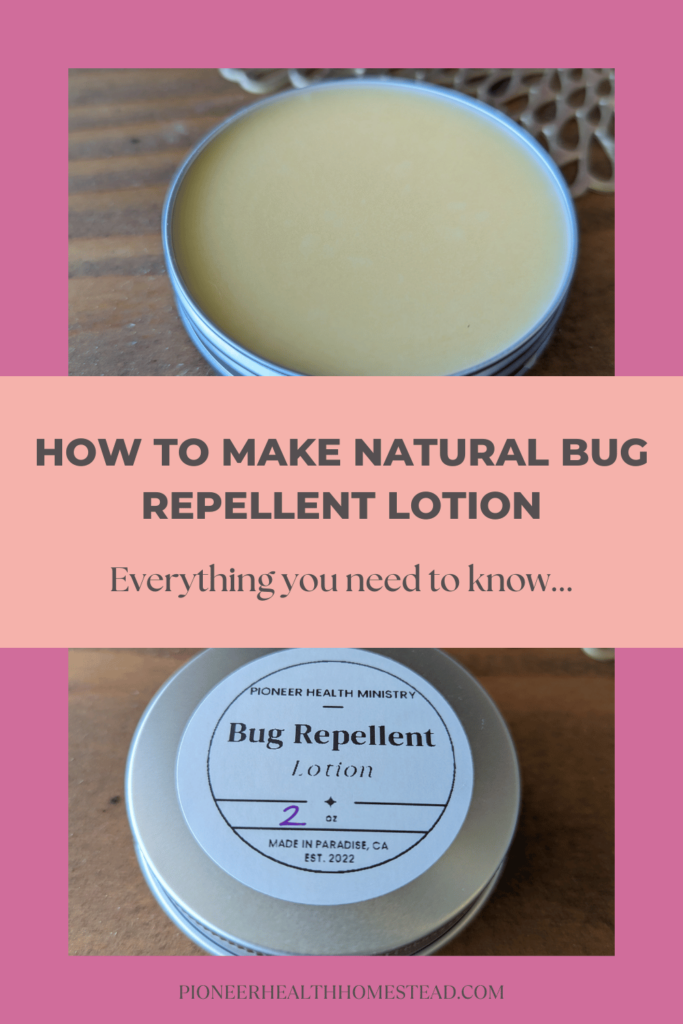
How to Incorporate Natural Sunscreen into Your Routine
Daily Use
Integrating your homemade natural sunscreen into your daily routine is essential for effective sun protection. Apply your sunscreen generously to all exposed skin areas before going outside. For optimal results, use it as part of your morning routine and reapply throughout the day, especially if you’re spending extended time outdoors, sweating, or swimming. Consistent use helps ensure that your skin is protected from harmful UV rays and reduces the risk of sunburn and skin damage.
Safe Sun Exposure
In addition to using sunscreen, practicing safe sun exposure is crucial. Avoid direct sun exposure during peak hours, typically between 10 a.m. and 4 p.m., when UV rays are the strongest. Wear protective clothing, such as hats and sunglasses, and seek shade whenever possible. By combining sunscreen use with these protective measures, you can enjoy the sun safely and reduce the risk of skin damage.
Additional Sun Protection Tips
To enhance your sun protection routine, stay hydrated by drinking plenty of water, as hydration helps maintain healthy skin. Monitor your skin health regularly and look out for any signs of sunburn or unusual changes. Additionally, make sure to use SPF protection consistently and be mindful of reapplying it as needed to ensure continuous coverage.
Important Considerations
SPF and Effectiveness
Understanding SPF protection is key to ensuring your sunscreen is effective. The SPF rating indicates how well the sunscreen protects against UVB rays, with higher numbers offering more protection. For effective sunscreen, aim to use a product with adequate non-nano zinc oxide content. The amount needed will vary based on the desired SPF level, but generally, 10-20% zinc oxide is recommended for broad-spectrum protection.
Personal Experience
In my own experience, I use this natural sunscreen recipe with my family, including my young children. While we do prefer to use skin barriers such as hats and long-sleeved clothing whenever possible, I find this sunscreen to be a great product to have on hand for those times when we can’t use skin barriers. It provides effective protection and peace of mind, ensuring our skin stays safeguarded even when we’re out and about without full coverage.
Disclaimer
Not Medical Advice: Please note that this blog post is for informational purposes only and is not intended as medical advice. Always consult with a healthcare provider before making changes to your sun protection routine or using new skincare products.
Affiliate Links: This post may contain affiliate links to related products. If you choose to purchase through these links, I may earn a small commission at no extra cost to you. Your support helps me continue to provide valuable content and resources.
Overview
Using a natural sunscreen recipe and making your own sunscreen can offer numerous benefits, including avoiding harmful chemicals and protecting your skin with nourishing ingredients. Handmade natural sunscreens provide effective sun protection while being gentle on the skin and the environment.
I encourage you to try making your own natural sunscreen using the recipe and tips provided. Share your results and experiences with me, and let me know how it works for you.
Thank you for your support and interest in natural sun protection. Your commitment to healthier and safer skincare choices is greatly appreciated, and I hope this guide helps you achieve effective sun protection while caring for your skin and the environment.

Herbalism for Beginners: Comprehensive and Practical Guide
Sharing is caring! Facebook Pinterest Twitter Herbalism for Beginners: Comprehensive and Practical Guide Herbalism for Beginners In this blog post, I will discuss that herbalism for beginners can be a wonderful way to explore the healing power of nature. Herbalism is the practice of using plants for medicinal purposes, and it has been around for…
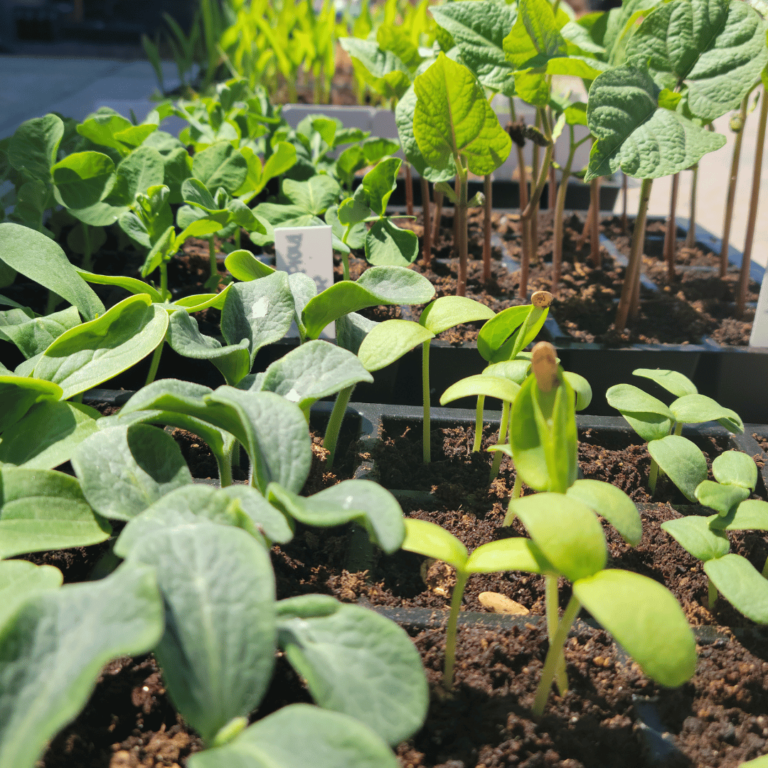
The Best Guide to Starting Seeds Outdoors: Tips and Tricks
The Best Guide to Starting Seeds Outdoors: Tips and Tricks The Joy of Starting Seeds Outdoors Starting seeds outdoors is a rewarding way to launch your gardening journey. Few things compare to watching a garden grow from seeds you planted yourself. With each sprout, there’s a new feeling of accomplishment. Growing from seed lets you care…
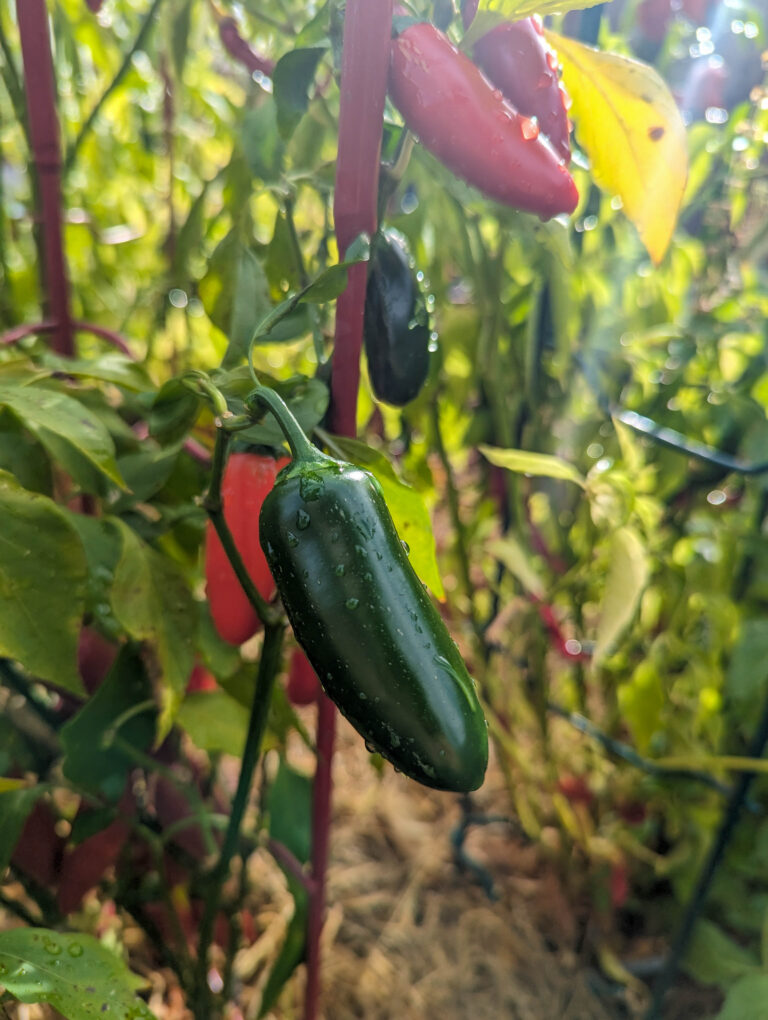
How to Guide for Starting Jalapeno Seeds Indoors
How to Guide for Starting Jalapeno Seeds Indoors Starting Jalapeno Seeds Indoors: A Step-By-Step Guide Starting jalapeno seeds indoors is a rewarding experience that lets you grow vibrant, spicy peppers from the very beginning. Watching those tiny seeds transform into productive jalapeno plants brings satisfaction, especially for anyone passionate about home gardening. Starting seeds indoors…
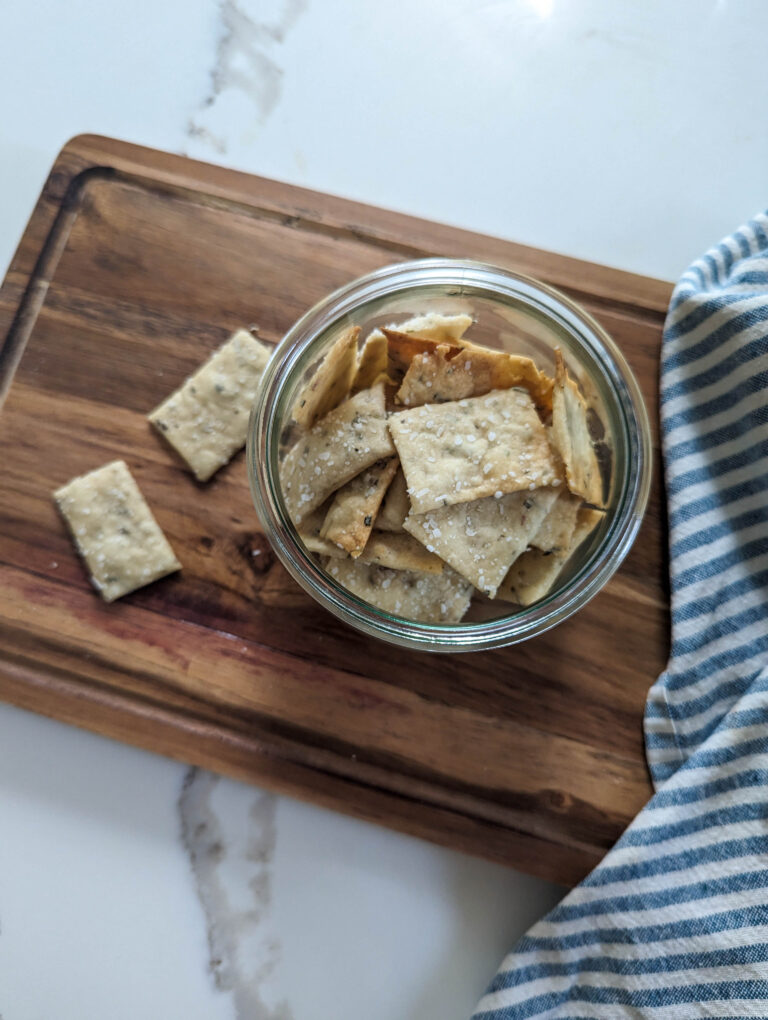
Easy Discard Sourdough Herb Crackers Recipe
Easy Discard Sourdough Herb Crackers Recipe Discard Sourdough Herb Crackers Sourdough herb crackers are a crunchy, delicious way to use up sourdough discard. If you bake sourdough bread, you know how much starter can be left over. Instead of wasting it, why not make something tasty? These herb crackers are the perfect way to put…

The Best Herbs for Brain Fog: Top Natural Remedies
The Best Herbs for Brain Fog: Top Natural Remedies The best herbs for brain fog can help improve cognitive function, mental clarity, and overall brain performance. Brain fog is a common issue that many people experience, often characterized by lack of focus, mental fatigue, and memory loss. It can make daily tasks difficult, leading to…

Best Books on Natural Birth: A RN’s Recommendations
Best Books on Natural Birth: A RN’s Recommendations The purpose of this blog post is to share a carefully curated list of the best books on natural birth. Whether you are considering an unmedicated birth in a hospital setting, planning a home birth, or just want to understand the nuances of a female-centered midwifery model…
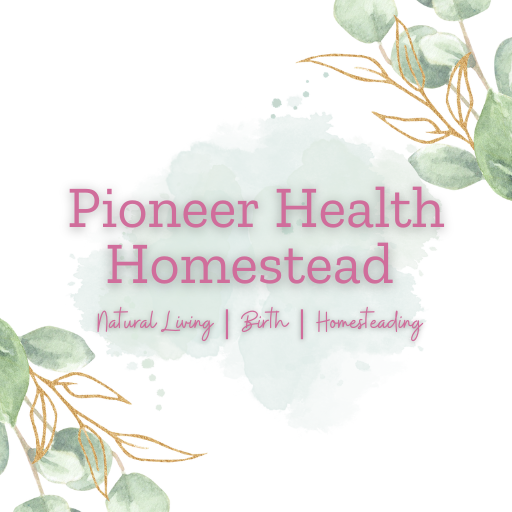

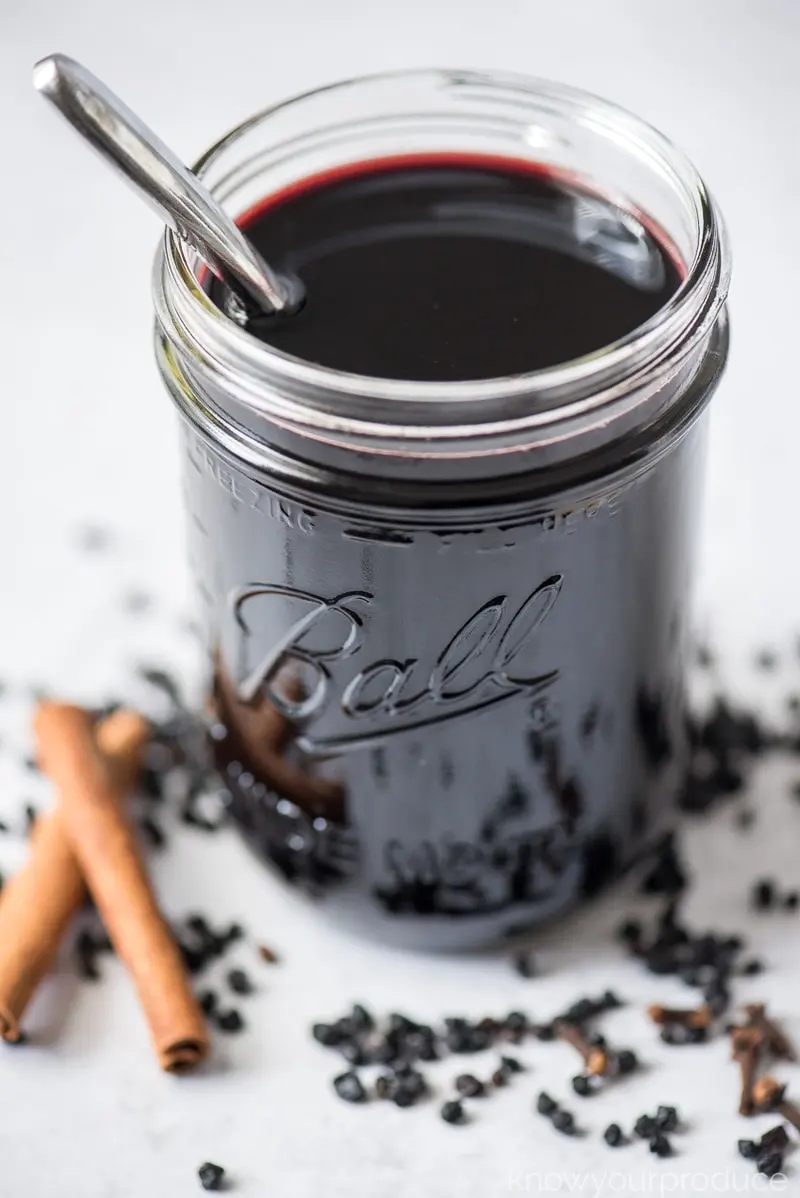

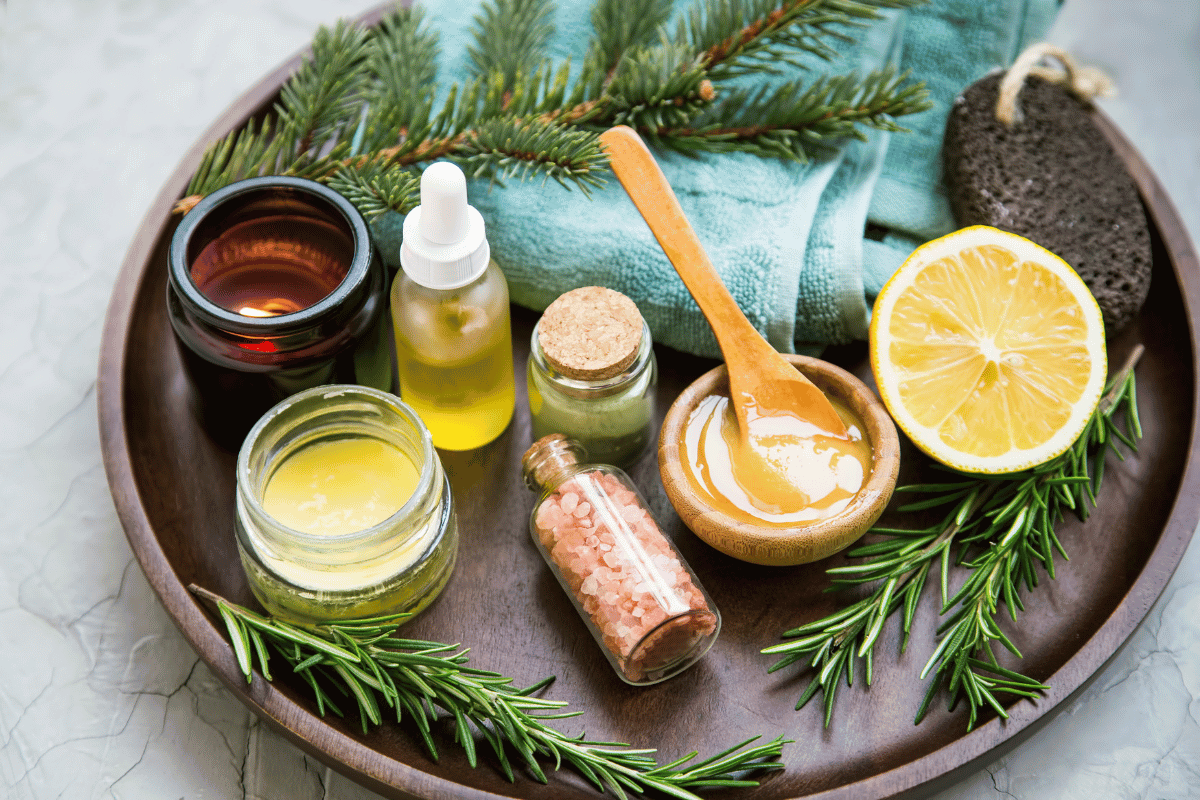
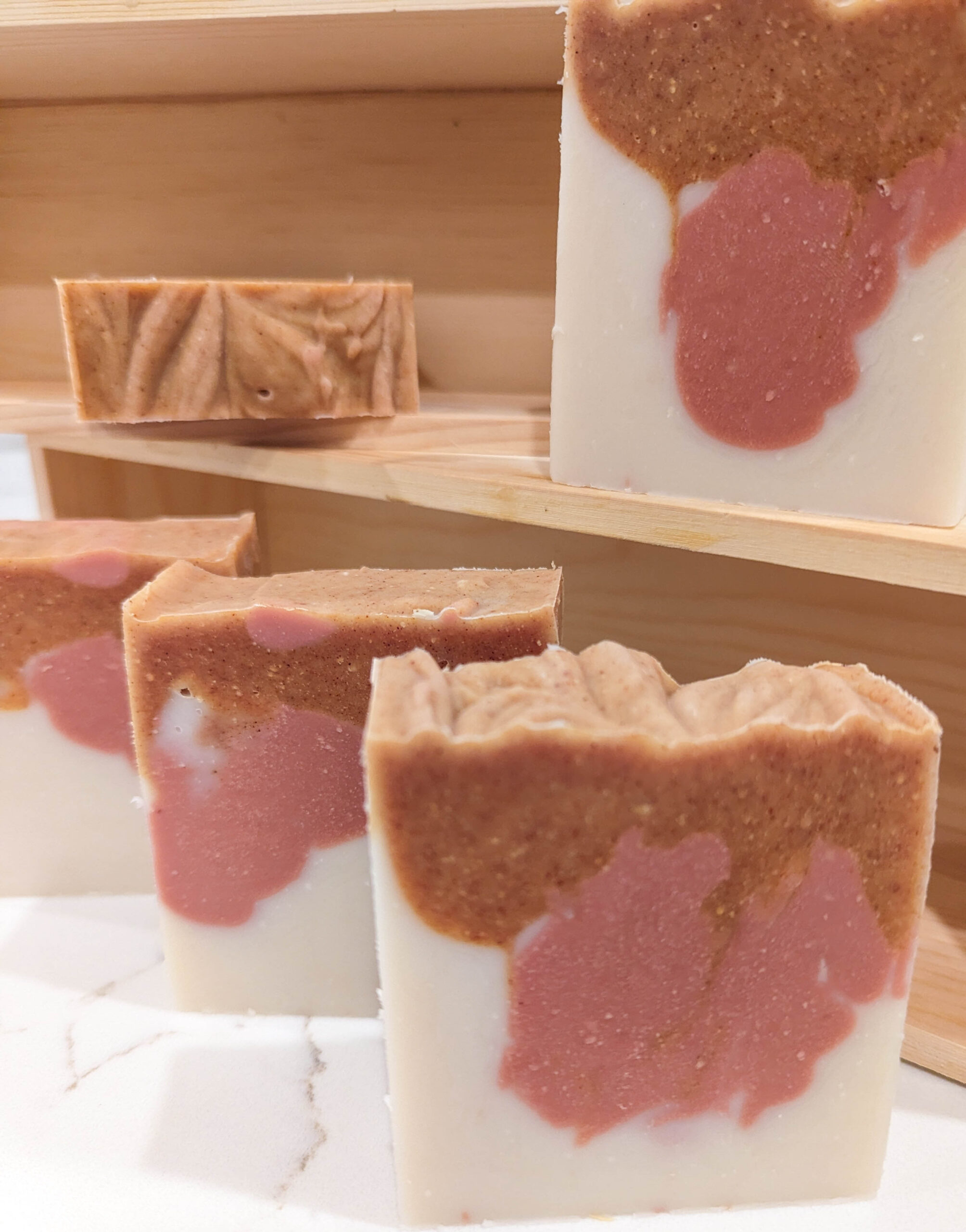
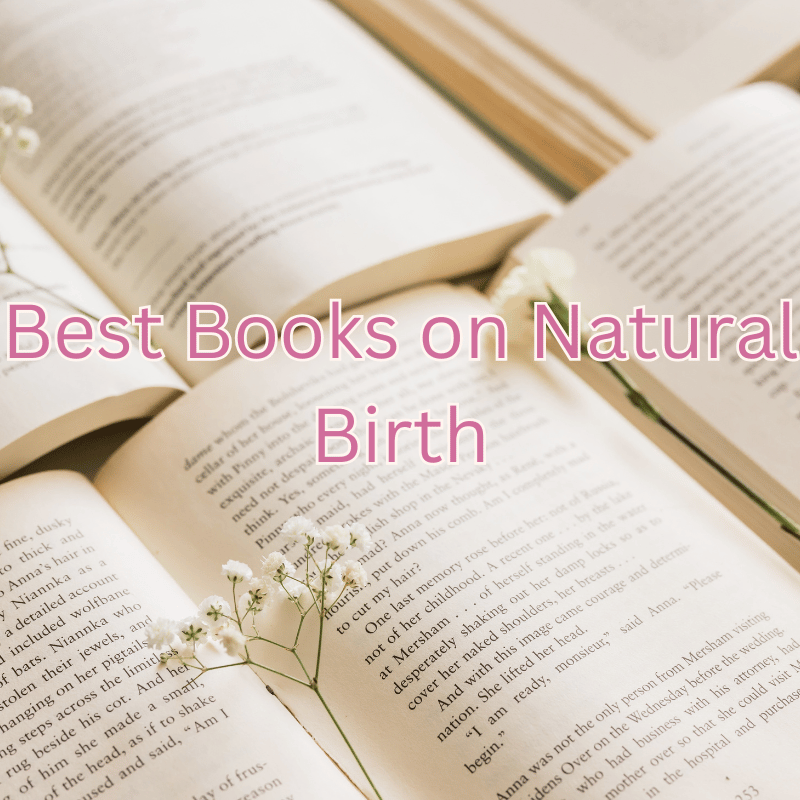
I definitely need to try this recipe for All Natural Sunscreen. I love all the research behind it!
I had no idea! Thank you for sharing. It does make you wonder when the ingredient list is soooo long for sunscreen.
Just came back from the beach and I wished I landed on your website sooner! Store bought sunscreen can be so toxic and I love that the ingredients you used are so good for you.